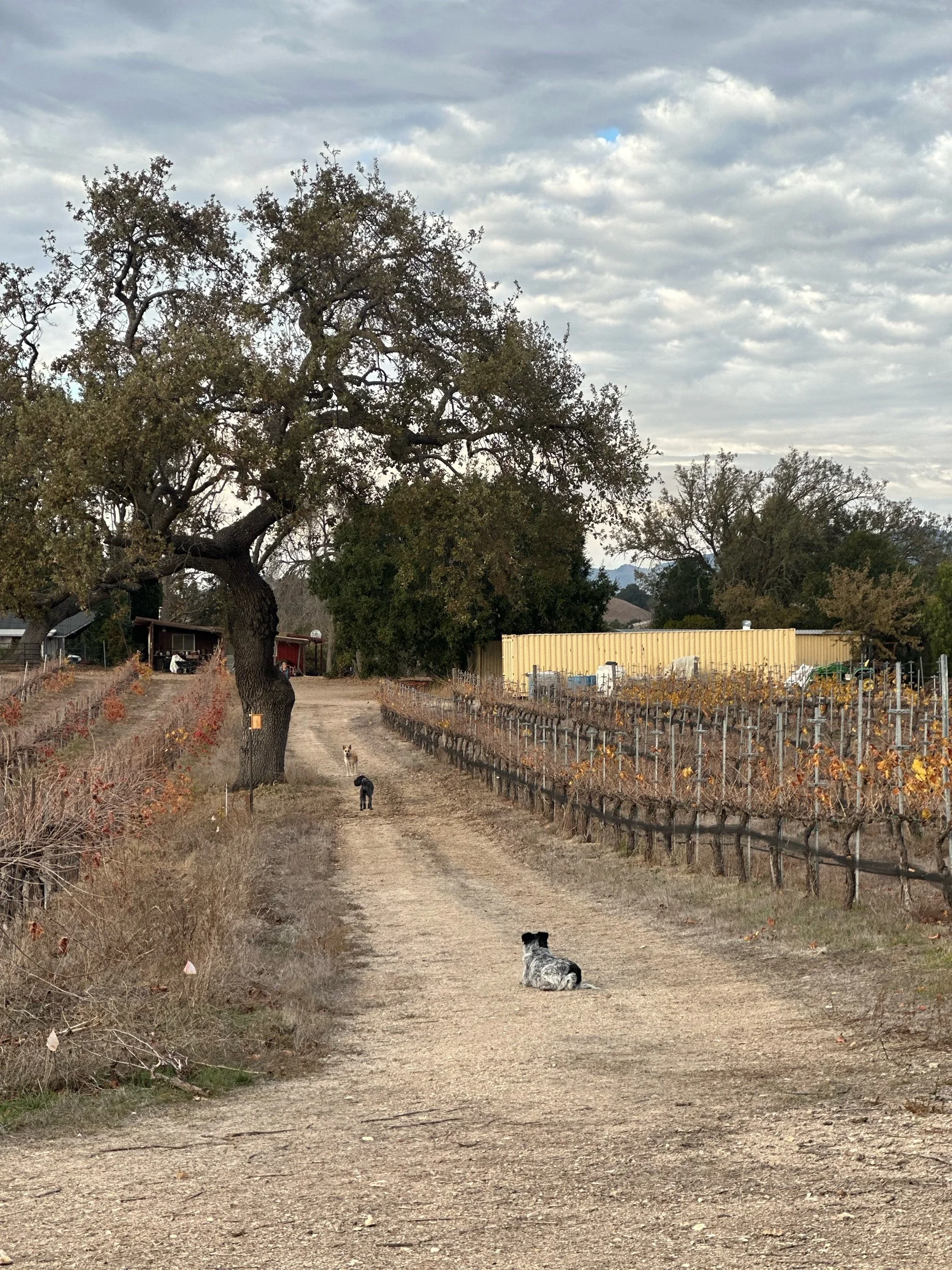"Nolo" wines
Over the last few years, there has been an increasing trend for zero or low alcohol—or “Nolo”—wines. Younger drinkers are conscious of both alcohol and calorie intake. There are also plenty of people who want to enjoy the experience of wine without getting drunk or who have to drive home after a party. Pregnant women want to continue the sensation of tasting wine. Health-conscious consumers don’t want to miss out on a social experience. Nolo wines satisfy all those needs.
There’s just one problem: most zero alcohol wines I’ve tried have been tasteless and often terrible. Whatever the quality, they’re quite difficult to make if the aim is to have some wine-like character. The challenge and paradox is that to make good—let alone great—wine, alcohol is a necessary ingredient. It’s produced during fermentation, a chemical reaction between sugar and yeast which produces the many, varied aromas we associate with wine and which make wine so fascinating. Alcohol also gives body and weight to wine: if a high-alcohol wine can be blowsy, a low-alcohol wine can be insipid.
Back in the 1990s, the German beer producer Beck’s released a beer at 0.3% ABV. The advantage for lager producers is that the beers don’t taste like much anyway and are already low in alcohol: Beck’s Vier, their standard label, isn’t much different from Beck’s Zero. But for wine, the difference between a 13% bottling and a near-zero bottling is huge: body and flavour disappear and are extremely difficult to replicate.
Early last year, I tasted a Nolo Sauvignon Blanc by New Zealand producer Giesen. They make the wine as normal; distill it like perfume to extract the aromas; de-alcoholise the wines; and then add the aromas back to the wine. The goal is to retain the recognisable character of New Zealand Sauvignon Blanc. The result was deeply unpleasant, like regurgitated vomit, but they sell 250,000 cases in the USA alone: the demand for Nolo wines is clear.
They are one of many innovative New Zealand producers experimenting with making Nolo wine. The Doctors is a Marlborough label who make a Sauvignon Blanc at 9.5% ABV. That’s far from zero alcohol, but it is low and is marketed as such:
“A fun night out shouldn’t have to mean a long morning of regret! And now it doesn’t have to.”
The low alcohol is achieved by reducing the leaf canopy to slow the build-up of sugars in the grapes. The result is a fairly classic Marlborough Sauvignon Blanc, though a little too thin and light. Given there are plenty of Marlborough wines which are around 12%, I’m not sure what is being achieved.
Despite the efforts of producers like Giesen, removing alcohol from the wine (often through reverse osmosis) also removes flavour, character, body, and structure. Some of these absences may not matter to all consumers, but they mean the wines are not really wines, which adversely affects the perception of the industry as a whole.
However, producers are trying very hard to meet the demand. Leitz are a Rheingau producer who make exceptional Riesling. They’ve long been researching how to make good-quality zero alcohol wine. In fact, their first was in 1907, although their current range is part of recent trends.
Sweeter styles of Riesling are naturally low in alcohol, (The Doctors’ low-alcohol Riesling is 44g/l, completely different from their Sauvignon Blanc), so it makes sense that decent Nolo wines can be made in Germany. At the same time, contemporary palates are more attuned to drier wines—so how to balance no alcohol and little sugar?
Leitz make a broad series of Nolo wines, using vacuum distillation at 30°C and low pressure to slowly remove the alcohol. The finished wines still smell, taste, and feel like wine, even if they don’t have great complexity and depth. The best of their wines I’ve tried is the Eins Zwei Zero Sparkling Blanc de Blancs ($25), which has 24g/l of sugar, a sweetness which gives the wine body but is balanced by the classically high acid of German wine. It’s fun, fruity, and approachable, and is a perfectly pleasant experience. There is also Chardonnay, Riesling, and Pinot Noir made, which taste like those grape varieties. If a bad wine is about alcohol being out of balance, a good Nolo wine is about the absence of alcohol not being a distraction while maintaining a vinous, varietal character.
nutrition facts on the back label
Another Nolo sparkling wine is made by Cordoníu, the large Cava producer. The Rosado Zero doesn’t taste of much more than grape juice, but there’s nothing wrong with that—a wine that can be drunk at breakfast without any guilt whatsoever. It confirms my impression that the best Nolo wines are sparkling—the bubbles add some character and the small amount of sugar is balanced by acidity, which is common in many popular sparkling wines (there is Nolo Prosecco which I haven’t tried).
Nolo wines are going to improve due to all the research being conducted. Producers know there is a big market for them, and there are specific consumers they can easily target. All the wines I’ve tried have the calorie count on the back of the label, as well as other health-conscious information such as the amount of fat and carbohydrates. Quality is still hit and miss, and it’s never going to quite replicate actual wine. But there is certainly a time and place for them, and we should be open to promoting those producers who are getting it right: if Nolo wines are going to be a permanent part of wine culture, then they need the quality to draw consumers into rather than away from that culture. It’s taken a while and there is still a great amount of inconsistency, but some producers are finally making enjoyable Nolo wine.






